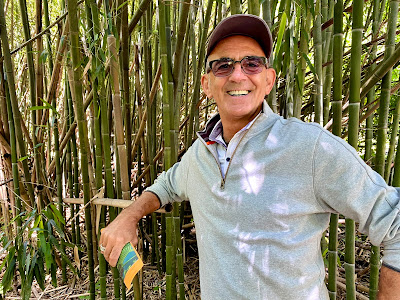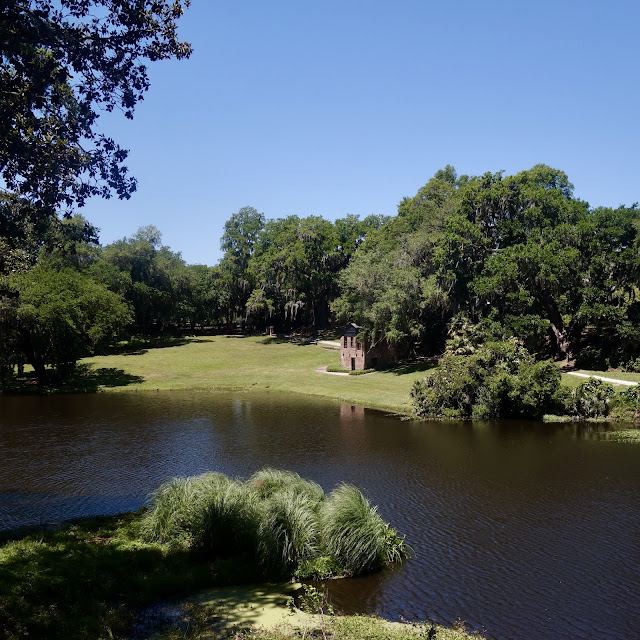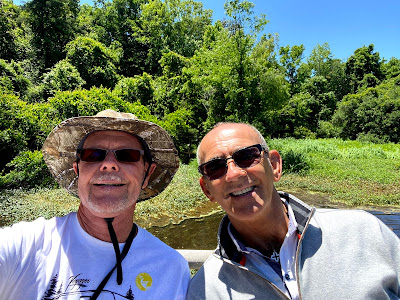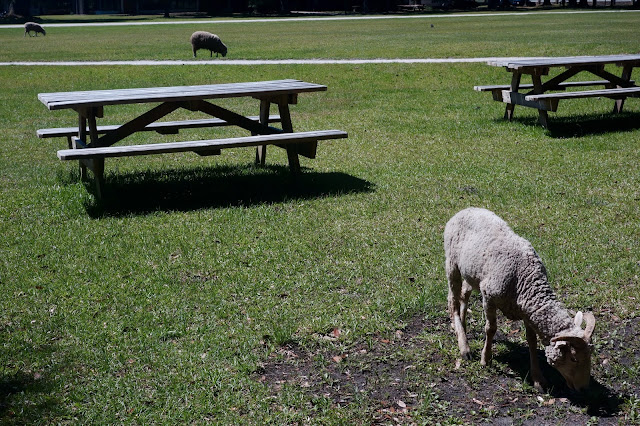Now estimated to be between 900 to 1,000 years old, the Middleton oak is the reigning elder of all the many Live Oaks (Quercus virginiana) to be found at Middleton Place. An Indian Trail marker long before Columbus sailed across the Atlantic, the tree was incorporated into the garden plan executed by Henry Middleton in the 1740s. Such an intrusive tree would likely have been removed in the planning of the typical classical garden influenced by the principles of the supreme landscape architect Andre LeNotre. The survival of the Middleton Oak suggests a fusion of landscape design that emerged in 18th century colonial Britain, as the rigorously formal European style was liberalized.Surviving in numerable hurricanes and earthquakes, the Middleton oak could also have been harvested by colonial shipbuilders who sought out Live Oaks for the natural contours of their sturdy limbs to produce the ribs of ocean-going ships. But the great tree has survived to witness events of the American revolution, the Civil War and the evolution of Middleton place.At the beginning of the 21st century the Middleton Oak lost three of its huge principal limbs leaving it as an espaliered backdrop to the neighboring Sundial Garden.As Andreas Feininger wrote in his 1968 book, Trees, referring to Quercus Virginiana after he had visited the Middleton place and the Middleton Oak:“No other tree combines as many virtues with fewer faults . . . the most beautiful, majestic yet friendliest of all trees, the tree which as far as humans are concerned is the most rewarding not in terms of lumber and cash, but in the creation of an atmosphere of comfort, well-being and peace.”
It looked as if a wedding were about to take place, raising a question: how many Black couples have been married on the grounds their ancestors were enslaved to farm and maintain?
Integration has yet to occur among the statues.
It cost extra to go inside the relatively modest main house, briefly occupied by Union soldiers during the Civil War before they destroyed much of the place.
Again, I couldn't help but notice that the displays were located in the same area as Eliza's house and the livestock pens. It reminded me of the South Carolina chapter of The Underground Railroad in which the re-enactment of plantation life by formerly enslaved people "educates" citizens instead of forcing them to confront the injustices of their past--and present.
























No comments:
Post a Comment